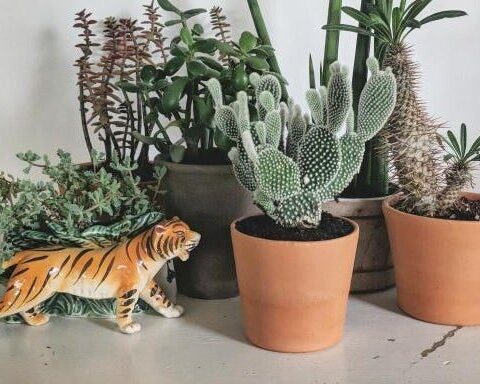$15 Flat Rate Shipping Everyday. Your order ships FREE when you spend $150 or more!

Plants use light to make food via the process of photosynthesis; but to grow lush and strong, fertilizer provides necessary nutrients and minerals. Think of fertilizer like a multi-vitamin to boost your plant’s health. In nature plants can send their roots out in search of this nutrients, while houseplants are only able to access nutrients from the small amount of soil in their pot.
Fertilizer comes in many forms including liquid, tablet, granular, and slow release formulas. When it comes to houseplants, liquid and slow release fertilizers are the best options.
When it’s time to fertilize, here are some tips to keep in mind:
Tag us @farandwideshop! We love to see you how you use, style & repurpose our products, and we might feature you!
Monday to Friday 10 – 5:30
Saturday + Sunday 10 – 4
| Cookie | Duration | Description |
|---|---|---|
| cookielawinfo-checkbox-analytics | 11 months | This cookie is set by GDPR Cookie Consent plugin. The cookie is used to store the user consent for the cookies in the category "Analytics". |
| cookielawinfo-checkbox-functional | 11 months | The cookie is set by GDPR cookie consent to record the user consent for the cookies in the category "Functional". |
| cookielawinfo-checkbox-necessary | 11 months | This cookie is set by GDPR Cookie Consent plugin. The cookies is used to store the user consent for the cookies in the category "Necessary". |
| cookielawinfo-checkbox-others | 11 months | This cookie is set by GDPR Cookie Consent plugin. The cookie is used to store the user consent for the cookies in the category "Other. |
| cookielawinfo-checkbox-performance | 11 months | This cookie is set by GDPR Cookie Consent plugin. The cookie is used to store the user consent for the cookies in the category "Performance". |
| viewed_cookie_policy | 11 months | The cookie is set by the GDPR Cookie Consent plugin and is used to store whether or not user has consented to the use of cookies. It does not store any personal data. |